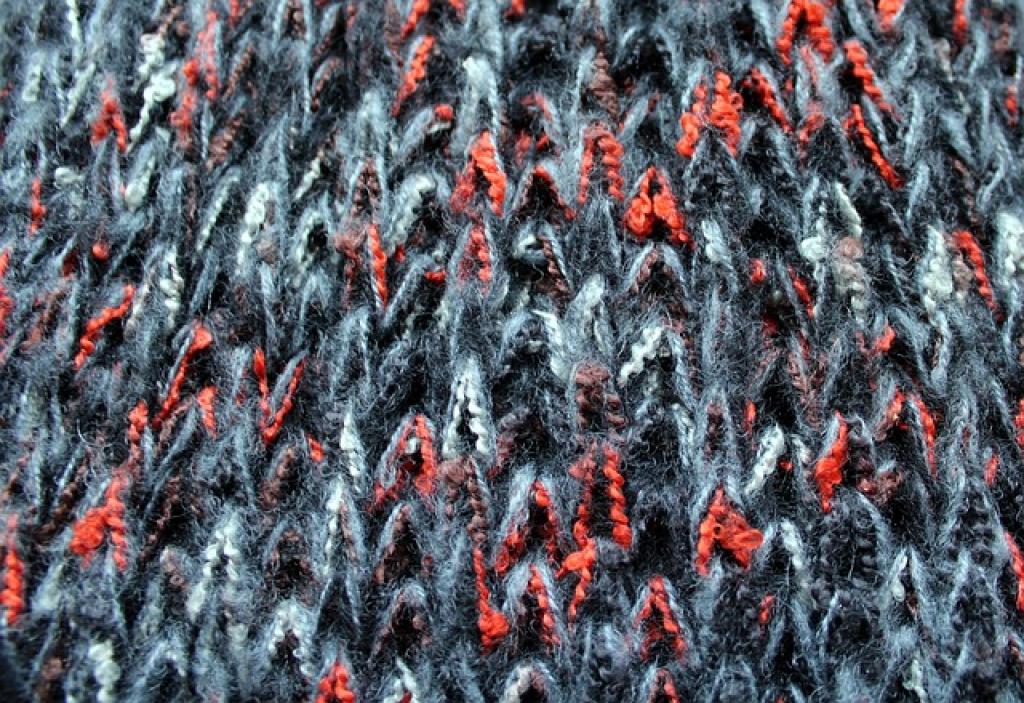Imagine draping yourself in a piece of history every time you wear a shawl. This seemingly simple garment has wrapped itself around the shoulders of people all over the world for centuries. But where did it all begin?
From its origins in ancient Mesopotamia to its luxurious presence in royal courts, the shawl has always been a symbol of both practicality and elegance. Different cultures have embraced it, adding their unique twists through vibrant patterns and fabrics.
Over the years, shawls have done much more than just keep us warm—they’ve served as fashion statements, symbols of status, and even political statements. How did a humble piece of fabric weave its way into the heart of so many societies? The answer lies in its intricate journey through time, adaptation, and cultural significance.
Whether it’s the handcrafted pashminas of Kashmir or the iconic paisley designs that took Europe by storm, the shawl’s evolution continues to captivate. So, let’s unwrap the fascinating story of the shawl and see how this timeless accessory has transformed throughout the ages.
Discovery of Shawls in Ancient Civilizations
The story of the shawl begins in the ancient civilizations of Mesopotamia, where early examples of textiles were discovered. These early shawls were not just for warmth; they were practical tools for protection against the elements and a way to convey social status.
In ancient Egypt, shawls made from flax and linen adorned the shoulders of both men and women. They were often intricately woven and dyed with natural colors to showcase artistry and craftsmanship. Shawls became more than just garments—they were expressions of identity and artistry.
The Greeks and Romans also embraced shawls, which they referred to as himations and palliums, respectively. These garments were draped in various styles, symbolizing not only fashion but also cultural and philosophical ideals. The versatility of the shawl during these times showcased its importance in daily life and ceremonies.
As we move to the east, India played a significant role in the evolution of the shawl. The region’s rich textile history birthed shawls woven from silk and pashmina wool, setting the stage for the luxurious pieces we treasure today.
These ancient origins set the foundation for the global phenomenon that shawls would become, weaving stories and traditions through every stitch.
Introduction of Shawls to European Fashion
The journey of shawls from the East to Europe began in earnest during the 18th century, when European traders and explorers started bringing these exotic textiles back from their travels. The allure of these finely crafted pieces quickly caught the attention of European elites.
In France, the shawl became a symbol of sophistication and luxury. Empress Josephine, wife of Napoleon Bonaparte, was famously fond of these pieces, amassing an extensive collection of Indian and Kashmiri shawls. Her endorsement cemented the shawl’s status as a must-have fashion accessory among the aristocracy.
By the early 19th century, shawls were a staple in the wardrobes of European women. They were admired for their versatility, able to be draped in various styles, providing both warmth and elegance. The Paisley shawl, inspired by the intricate designs of Indian shawls, was a particularly popular style in Britain and France.
Influence of Indian Textiles
The vivid patterns and luxurious materials of Indian shawls had a profound influence on European textile production. Weavers in centers like Paisley, Scotland, began to emulate these patterns, creating affordable imitations that allowed more people to indulge in this fashionable trend.
The industrial revolution also played a key role in popularizing shawls in Europe. With advances in textile manufacturing, shawls became more accessible to the middle classes, no longer reserved solely for the wealthy.
Shawls were not just a statement of style but also a symbol of cultural exchange, reflecting the blend of Eastern craftsmanship and Western fashion sensibilities. This fusion has left a lasting legacy in the world of fashion, with shawls continuing to be a beloved accessory across the globe.
Symbolism and Cultural Significance of Shawls
Shawls are more than just beautiful and practical garments; they carry deep cultural and symbolic meanings all over the world. In many cultures, they represent warmth, protection, and care. They are often gifted during significant life events like weddings, births, or religious ceremonies, symbolizing goodwill and blessings.
In India, shawls, especially those made from pashmina or cashmere, are considered a status symbol. The intricate designs and fine craftsmanship are seen as a reflection of one’s social standing and taste. They are also used in various rituals and ceremonies, serving as a bridge between tradition and modernity.
For communities in regions like Kashmir, shawl-making is not just a craft but a way of preserving their heritage. The rich patterns and weaving techniques are passed down through generations, keeping their culture alive and vibrant. Each shawl tells a story, often inspired by nature, folklore, or spirituality.
In colder climates, shawls have historically offered a practical solution for warmth while also allowing for personal expression. The motifs and materials used can indicate regional identity, personal history, and even serve as a form of silent communication. For instance, certain patterns might signify marital status, community affiliation, or personal achievements.
The significance of shawls extends beyond their physical form; they act as cultural artifacts that encapsulate the values, history, and artistic expression of the people who create and wear them. Whether draped over shoulders or wrapped around a loved one, shawls are woven into the fabric of everyday life and special moments alike.

Revival and Modern Interpretations of Shawls
In recent years, there’s been a fascinating revival of shawls as they make a stylish comeback in both fashion and everyday wear. Designers and fashion enthusiasts have started to reimagine these timeless pieces with a fresh twist, blending traditional aesthetics with contemporary trends.
Modern interpretations often involve experimenting with fabrics, colors, and patterns to create unique pieces. Eco-friendly materials and sustainable practices are increasingly popular, aligning with the global shift towards more thoughtful consumption. This blend of old and new makes shawls incredibly versatile, suitable for both casual outings and elegant events.
Bridging Cultures
Interestingly, the modern shawl is an accessory that transcends cultural boundaries. Designers from around the world draw inspiration from various traditions, incorporating elements like Indian embroidery, Scottish tartans, or Japanese silk painting into their collections. This cultural fusion creates a rich tapestry of styles that can appeal to a global audience.
The role of shawls in fashion has also been amplified by celebrities and influencers who showcase how to wear them in innovative ways. From oversized, drapey shawls paired with jeans to sleek, monochromatic wraps over evening gowns, the options are endless. These style icons have contributed to making shawls a must-have accessory for all seasons.
Functional and Fashionable
Incorporating shawls into a modern wardrobe is not just about making a fashion statement; it’s about celebrating heritage and craftsmanship in a way that feels current. Many people appreciate the stories behind these pieces, valuing the artistry and labor that go into creating them.
The Bottom Line: Shawls As Timeless Fashion Statements
Shawls have certainly proven their staying power, evolving beautifully over time while keeping their core essence intact. From their ancient origins steeped in cultural significance to their contemporary revamp as versatile fashion accessories, shawls offer a unique blend of history and style.
Whether you appreciate them for their warmth, craftsmanship, or sheer elegance, shawls make a strong case for being more than just fabric draped over shoulders. They embody a narrative of tradition and innovation, allowing wearers to connect with the past while expressing their unique style in the present.
Equally, it’s their adaptability that sets shawls apart. Regardless of the season or occasion, a well-chosen shawl can effortlessly elevate any outfit. From a casual day out to a formal evening event, shawls add that perfect finishing touch, proving that they are here to stay.
In conclusion, the enduring charm of shawls lies in their ability to transcend time and trends. They are not just fashion accessories but symbols of artistic expression and cultural identity. As we continue to embrace and reinterpret them, shawls remain a testament to timeless elegance and innovative spirit. So next time you’re looking to make a fashion statement, consider reaching for a shawl—it’s a choice you’ll never regret.

